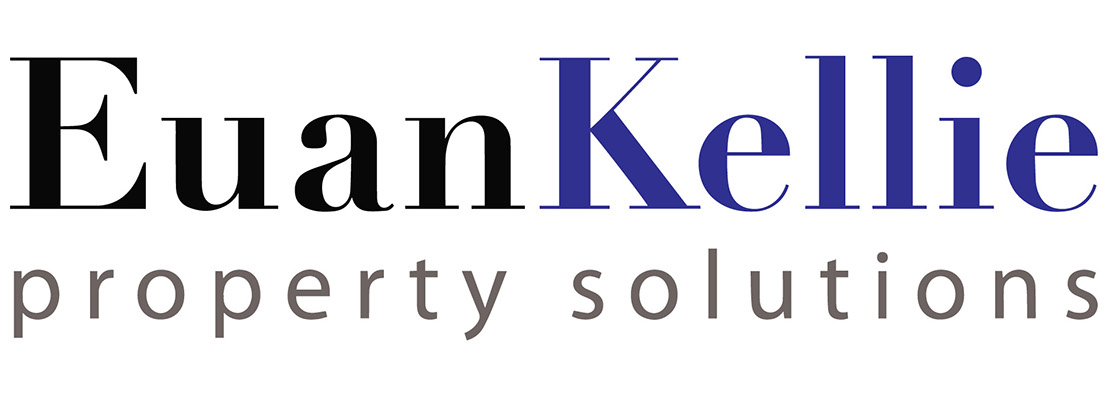Commentary
Got planning approval? Here’s how to navigate changes to building regulations
From fire safety to sustainability, there are a host of new rules that apply to many projects that already have planning permission. Here is a crash course in what you need to know to safely cross these new regulation waters, writes Katie Daniels, director at Euan Kellie Property Solutions.
Whilst the ‘new’ National Building Regulations came into effect in June 2022, we have recently passed the one year ‘grace period’ that allowed projects with existing building regulations permission to be built in accordance with the old requirements.
From here on in, all projects which have not yet started on site, must be constructed in accordance with the new regulations. These revised requirements may require alterations for projects with existing planning consents.
This comes at a time when, due to recent case law, amending planning permissions is seemingly more complex than ever. Meanwhile, even the simplest applications can get caught up in the planning system due to the acute lack of resourcing across local planning authorities.
Building regulation changes – a quick recap
For those unfamiliar with the changes proposed to the building regulations introduced last year, they aimed to enhance safety, sustainability, and energy efficiency in the construction industry.
The key revisions made include changes to the fire safety regulations – with updates made to the required fire resistance measures, escape routes, and firefighting provisions.
These revisions alone are commonly leading to existing permissions needing to be amended in respect of proposed building materials, fire detection systems, and, in some cases, structural design. Some projects will also now require a second means of escape, which can result in the introduction of additional stair cores. Subsequently, a comprehensive internal re-design may be needed.
In addition, further measures have been introduced in relation to sustainability and energy efficiency. Stricter standards for environmental performance, such as energy usage, carbon emissions, and waste management now applicable. Projects with existing planning permissions may need to reassess their strategies to align with these evolving sustainability objectives.
Coupled with this, the new regulations also seek to reduce the carbon footprint of new developments, through the incorporation of low carbon materials, the mandatory installation of low carbon technology (such as photovoltaic panels), and sustainable transport solutions (including electric vehicle charging provisions).
These requirements may in-turn increase the electrical loading of a development and require the provision of additional infrastructure such as sub-stations.
Implications for existing planning permissions:
Projects with existing planning permissions should undergo a thorough review process to identify areas where the new regulations necessitate adjustments.
By identifying any required change at an early stage, it may be possible to engage with local planning authorities positively and proactively in respect of amendments ahead of any subsequent construction, reducing risks associated with the development.
The scale of the amendments required will subsequently inform the most appropriate route to update the permission through the planning system.
Amending planning permissions – the basics:
As noted earlier, the changes to the building regulations and resulting requirements for editing existing permissions comes at a time when amending permissions appears to be more complex than ever.
Notwithstanding, the two key routes to amending planning permissions remain via a non-material amendment (Section 96A) or via a minor material amendment application (Section 73).
Each route has different restrictions and requirements. Non-material amendments are likely to be the preferred method due to reduced timescales (28 days) and no requirement for wider consultation and/or changes to any Section 106 agreements.
For more substantial changes, you may be required to make a minor material amendment application. This comes with a longer determination period (mirroring the statutory determination period of the original application – either 8, 13, or 16 weeks) and re-consultation on the plans.
In some cases where an application was previously determined by a planning committee, the application may also be required to be returned to the committee for re-determination. Any Section 106 applications would also need to be updated – as on determination of the application, effectively a new permission would be granted.
It is critical to note that any changes that amend the description of development cannot be progressed through a minor material amendment application. This may present challenges where unit numbers and/or the residential mix of the development is changing. However, in some cases, these changes to the description of development can be dealt with via non-material amendment.
Alternatively, we have also been successful in updating the description of development via the non-material amendment, thereby allowing a subsequent minor material amendment application where required.
Regularisation and Risk
Notwithstanding the complexity of the routes required to amend existing consents, the timescales associated with any changes can also introduce an element of risk to the progress of any construction programmes.
Taking a pro-active and positive approach from the outset can minimise these risks. Collaborative working with the local planning authority, ensuring any changes are able to be progressed through the non-material amendment application where possible, and by getting early agreement on the acceptability of any changes ahead of determination can help smooth the amendment process.
Local planning authorities will be mindful that the changes from the regulations stem from lessons learned through tragic incidents or evolving societal priorities, with the aim of creating a better-built environment. As a result, any necessary amendment should therefore be positively progressed wherever possible.
Katie Daniels is a director at Euan Kellie Property Solutions, where she is successfully advising a range of clients across the north-west and nationwide. This includes Salboy, Bright Futures Care Limited, and THG.
Katie is currently working from Perth, Western Australia, but can be easily contacted on 0161 513 4284 and katie@euankellie.co.uk. You can also connect with Katie on LinkedIn.





